N-1 newsletter #1: The week in bicycle tech
Anyone have any good suggestions for what I should call this thing?
What a week it’s been!
I kicked off n-1 just this past Monday without any grand plans or 1/5/10-year projections or, to be perfectly honest, much of a concrete business model. All I knew is that the current landscape of bikes and gear is overwhelming right now, there doesn’t seem to be enough genuinely useful information out there to help folks navigate through it, and I felt like I could put my experience to use and perhaps offer at least a little bit of guidance in that respect with honest reviews, informed opinions, and an editorial voice that was wholly unshackled from industry money.
I guess my hunch was right?
I can’t thank everyone enough for your support so far – not to mention your patience as I continue figuring this all out. I fully expect this to be a slow burn and while I’m a long way from where I’d ultimately like for this to be, the response has been overwhelmingly positive. I hope I can return that support in kind with information you actually find useful and actionable.
If you’ve got any suggestions – for what I should cover, for the format of my articles, toppings I should try for my family’s next pizza night – I’m all ears.
Just as a reminder, my plan is to offer a roughly 50/50 split of free and paid content here on Substack, and the weekly tech round-ups will remain accessible in full to everyone. And if you’d prefer not to go through the Substack app, don’t forget that you can always just use a regular browser window: nminus1bikes.substack.com.
Tires have a shelf life
I recently treated myself to a new Santa Cruz Stigmata frameset as I was looking for something with MTB-inspired geometry and a suspension-corrected front end. The goal was a gravel bike that was still reasonably light and fast, but with more capability for the sorts of ill-advised underbiking situations I often put myself in.
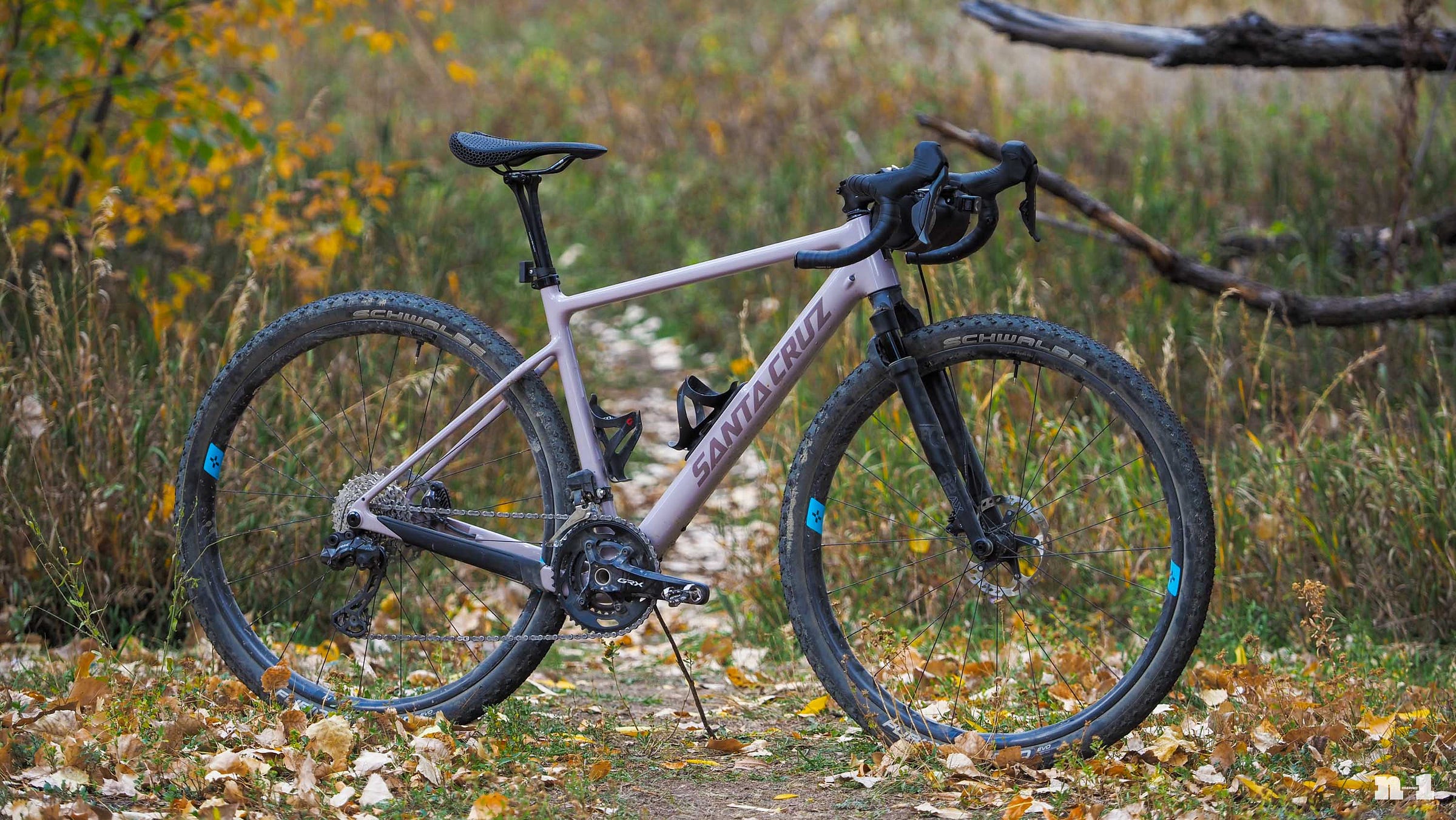
I wasn’t sure what tires I would run, but I’d had a set of old Schwalbe Furious Freds sitting in my parts bin for ages. I’d bought them a decade or so ago when my wife was still neck-deep in XC racing and ever in search of speed, however their fast-but-fragile construction and 2.0” stated width just weren’t practical.
I’m not averse to the occasional ill-advised experiment, so on to the Stigmata they went. As was commonplace in those days, the 50 mm ETRTO size labeling was rather ambitious, with the actual width coming out to 47 mm when mounted to a 25 mm-wide (internal width) rim. That wasn’t a big deal, though, and 47 mm was more along the lines of what I was going for, anyway.
And my, oh my, have they been fast. They feel incredibly elastic and energetic, the barely-there knobs still offer surprisingly decent grip, and with an actual weight of around 365 g, they’re not only worlds lighter than anything else on the gravel market these days, but lighter than many modern high-volume tubeless road tires.
It really is a good thing I never installed these on my wife’s bike, though, as she probably wouldn’t have gotten very far on them. Granted, I’ve been pounding them through a variety of rocky terrain that typifies my “gravel” riding here in Colorado, but the early rides weren’t encouraging in terms of durability. Those paper-thin casings may be wicked fast, but two pinch flats (running tubeless!) in the first three rides highlighted their fragility. Things have thankfully stabilized since then as I’ve dialed in the pressure a little more, but it still made me wonder if I’m rolling the dice in terms of how old these things are.
“Tires do age,” Specialized tire category manager Wolf VormWalde told me. “Oxygen, UV and ozone interact with the chemical bonds of compound ingredients and change their structure. The polymers corrode and lose elasticity, cohesion, etc. Consequently, the tire will lose grip, wear different, roll different – could be faster or slower, actually.
“There are a lot of variables. Compounds heavy on natural rubber age quicker than synthetic rubber compounds. A compound that relies more heavily on oils or resins for its properties will be more affected of them drying up with time. Obviously, storage and use in different climates influence aging as well. The more change or extremes a tire sees in temperature, humidity, or UV exposure, the faster it will lose its properties.”
VormWalde says there’s no hard-and-fast industry rule regarding a tire’s shelf life, but that six years is a good average expiration date.
In the news
There certainly has been no shortage of happenings in the bike industry lately, or new product introductions.
I recently posted a story on my Instagram page bidding farewell to The Pros’ Closet, a Colorado-based online retailer specializing in the secondhand market that former pro XC racer Nick Martin started out of the back of his VW van back in 2006. Martin grew TPC into quite the powerhouse, and a massive infusion of nearly US$90m in private equity investment was supposed to fuel a similarly massive expansion, embodied by the company’s relocation to a 137,000 sq ft (12,700 sq m) warehouse in Louisville, CO.
Unfortunately, that private equity money also came with private equity people and mindsets. As we’ve learned time and again, the bike business isn’t like many other consumer-goods worlds – and certainly not like the tech industry – and strategies employed here don’t always work out the way someone envisioned. The post-Covid collapse in the secondhand market hit TPC particularly hard, and after 18 years in business, TPC sadly shut its doors for good earlier this month, leaving dozens of people scrambling to find jobs in a slumping industry.
I always thought TPC had a solid concept behind it, as the secondhand market for bikes and associated gear could hardly be more fragmented. What’s the best place to buy or sell cycling stuff? Facebook Marketplace? eBay? Craigslist? Various site-specific or regional classified sections? TPC was hoping to be the place for all of that, and it’s no more.
One company hoping to fill the void is Buycycle, a German outfit operating in both Europe and the United States that claims to have “the world’s largest selection of pre-owned bikes” – over 25,000 according to official figures. As of just this past Wednesday, Buycycle has added a used component marketplace, backed by “a protection plan that covers shipping damage, discrepancies between listed and received items, and other issues.”
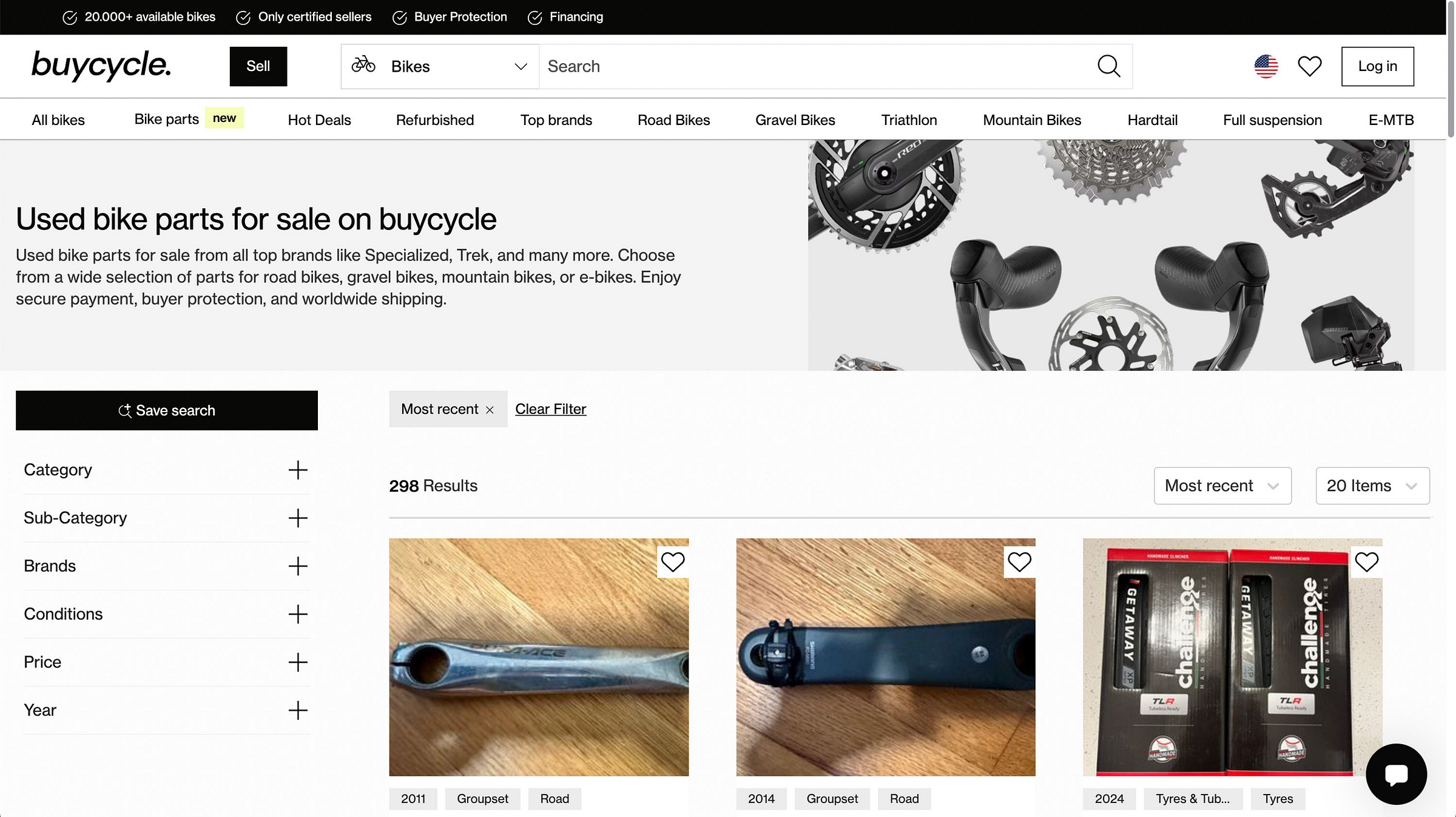
Buycycle’s web site appears pretty nicely polished and offers a user-friendly interface, but from what I can tell, it’s functionally not all that different from eBay in that it’s a platform for third-party sellers. Unlike TPC, Buycycle doesn’t physically hold any of the bikes or gear itself – and without question, that massive pile of inventory certainly contributed to TPC’s demise.
“They basically make the transaction easier and more secure by helping you properly price your bike/gear, providing shipping materials and coordinating shipping, and hanging on to the money until buyer has the goods and confirms it meets the description,” explained Peter Nicholson from Buycycle’s US PR firm. “Peer-to-peer commerce at its finest.”
Is something like Buycycle the way forward? Time will tell, but it’d be nice if something could bring the secondhand market together.
While some folks are contemplating new (to them) bikes or gear, more casual riders may already have bikes in their garages that just need a bit of love to get them back out on to the road or trail. That’s the aim of Specialized’s recently announced Reduce, Reuse, ReSpecialized program, which hopes to get a million neglected bikes back in use by the end of 2025 by offering, “free tune-ups at participating retail locations worldwide to any rider, with any bike, from any brand.”
“For 50 years, we’ve been motivated by the pure love of riding and spotlighting the benefits bikes provide for our communities and health,” said Specialized founder Mike Sinyard in a press release. “By getting one million bikes back on the road and inspiring more to ride, we can collectively reduce our carbon footprint, help our bodies, and steer toward a better future.”
That’s certainly an admirable goal, but if you’re sitting there thinking there are some key details missing here, you’re not alone.
For one, these tune-ups are currently only happening on Saturday, October 26 – yep, one day only – although additional dates are apparently in the works. What’s included in those free tune-ups is also a bit vague and solely at the discretion of the participating dealer, though seemingly limited to pretty basic stuff and labor-only, not parts (“One-tool repairs,” as described by Specialized global PR and media relations leader Kelly Henningsen).
“Participating dealer” is a key phrase there. The free tune-ups are also only being provided by retailers that have voluntarily opted into the program, and clearly not everyone is on board. I’ve got seven Specialized dealers within a few minutes drive from my house, for example, but the nearest one participating in the free tune-up program is more than 20 miles (32 km) away.
According to shops I’ve spoken to, Specialized isn’t reimbursing dealers for their labor here, and there’s more than a little bit of concern of customers walking in with unrealistic expectations, and walking out with a bad impression of a shop that’s just trying to deal with a situation they didn’t create.
Specialized seems committed to this endeavor, though, so we’ll see where it goes.
Ok, some actual product news: Rocky Mountain just announced its redesigned Element Carbon – a topic near and dear to my heart as I consider the current-gen model to be one of the absolute best short-travel mountain bikes I’ve ever owned. Rocky Mountain thankfully didn’t mess much at all with one of my favorite aspects of the Element Carbon – the geometry – which continues to mimic medium-travel trail bikes without forgetting it’s still supposed to be a quick and agile XC machine. The iconic Canadian brand thankfully hasn’t succumbed to the senseless industry trend of headset cable routing, either, instead sticking to generously sized and easily serviced ports on the side of the head tube.
One thing missing that maybe would have been nice to see is storage in the down tube, but stuff like that does admittedly add weight and/or reduce frame stiffness, and there are at least now dedicated tool kit mounts on the underside of the top tube.
My other favorite trait of the current Element Carbon is the suppleness of the suspension, and how its 120 mm-travel, true four-bar linkage design positively hugs the terrain and offers unusually good cornering traction for the segment. As I’d suspected would happen, Rocky Mountain has ditched the physical pivots at the dropouts in favor of a flattened flexstay design that supposedly maintains the same suspension kinematics but lops a substantial 350 g from the frame weight. Rear-end torsional and lateral stiffness are said to be better as a result, too.
That may be – and 350 g is nothing to sneeze at – but flexstay pivots also inherently add another spring to the system and take away from the sensitivity provided by cartridge bearings and axles. I’d imagine Rocky Mountain felt compelled to make this change as the Element Carbon just wasn’t competitive weight-wise with top-end XC machines from other major brands, but I can’t help but worry about what this has done to the ride quality.
Hopefully I’ll find out for myself soon enough.
One last tidbit: This may come as a surprise to some, but Chris King has only just now started offering its own made-in-house seatpost collars. Machined from aluminum in four diameters and offered in the same ten anodized finishes as Chris King’s hubs, headsets, and bottom brackets, the new collars are intended to provide some fore-aft visual symmetry (assuming you already have a Chris King headset, of course) or perhaps just a splash of color.
As is seemingly always the case with Chris King, low weight has apparently taken a back seat to longevity and durability with the collar’s stout body, stainless steel barrel nut (with a fun bee, even), and stainless steel M5 bolt and washer. Retail price is US$48 and although Chris King hasn’t provided any official figures, I’d expect the weight to be about 30 g or so. That’s 24 g heavier than the lightest carbon fiber seatpost collar I could find, but as I like to point out sometimes, everything feels heavy when you have to carry it.
TL;DR review: Trek Cambion shoes
Shoe brands typically adopt a particular shape for their range of cycling shoes, and it’s up to you to figure out which shape(s) most closely approximate your own foot. Unfortunately, that requires an awful lot of trial-and-error, so it’s been good to see brands slowly adopting designs that are more adaptive to various foot types straight out of the box.
Trek is one of the latest brands to embrace this concept with its higher-end Cambion mountain bike shoe (US$260 / AU$500 / £250 / €280). It features a laundry list of the usual features you’d expect to find at this price point, such as a synthetic laminated mesh upper with dual Boa L6 dials, a stiff carbon and fiberglass composite plate and full “Tachyon rubber” outsole, molded-in toe protection, and an external heel counter made of stout plastic. I’ve often found Trek’s (formerly Bontrager) lasts to be pretty accommodating of various foot shapes in the past, but what sets the latest crop apart is the brand’s new MetNet upper.
MetNet is brilliant in its simplicity. It’s an array of tripoint-shaped slits in the outer layer of upper material that allows for a whole lot more stretch at the outer edges of the toe box and midfoot areas where people (myself included) are most likely to have tailor’s bunions or other irregularities that might otherwise be irritated by more traditional non-stretch synthetics. Instead, those bony protrusions instead just harmlessly push the MetNet material out a bit – sort of like if you were to push on an inflated balloon with your fingertip.
I’ve found it to be impressively comfortable even on hours-long rides, particularly in combination with the rather squared-off toe box profile. MetNet also allows you to tighten the shoes more than you might otherwise for a more secure fit, but being able to tighten things down doesn’t completely wipe away some of the Cambion’s peculiarities.
As I mentioned, Trek/Bontrager shoes have historically been pretty accommodating, but riders with lower-volume feet and/or narrower heels might find the Cambion to be a touch too roomy. It was easy enough to get the midfoot and forefoot areas about where I wanted them to be by cranking down the Boa dials, but even with the cat’s tongue-like material in the heel cup lining, I found myself wishing for a more secure hold back there. It wasn’t bad, but I’ve experienced better. Then again, if you’ve got wider heels, YMMV.
Arch support is also a little lacking (I ran aftermarket insoles), and while the Boa L6 dials work fine, I feel like this price point warrants dual-direction micro-adjustment instead of the single-direction adjustment found here.
Otherwise, the tread has been plenty grippy on a variety of surfaces and the rubber is wearing well, they’re a decent weight at 716 g per pair, and the upper has been holding up nicely to scuffs and scrapes.
Not bad.

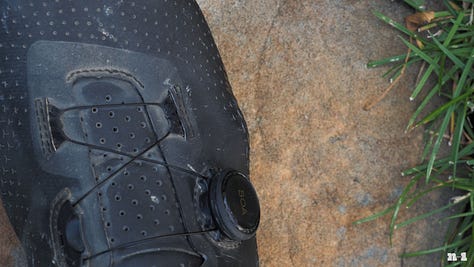
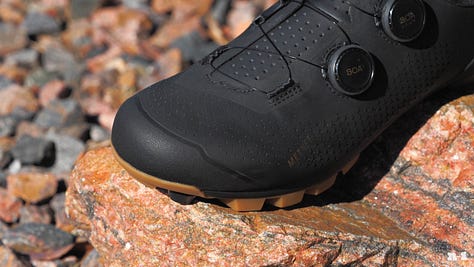
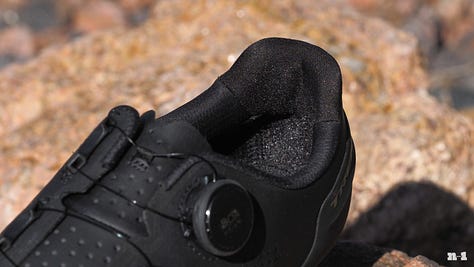
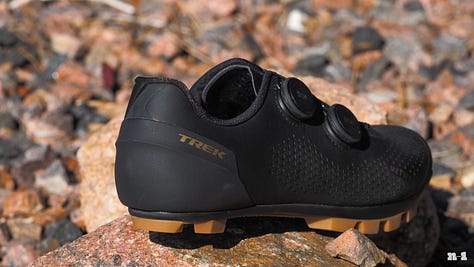
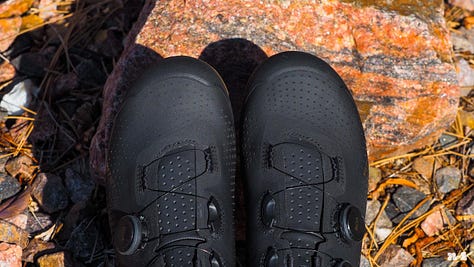
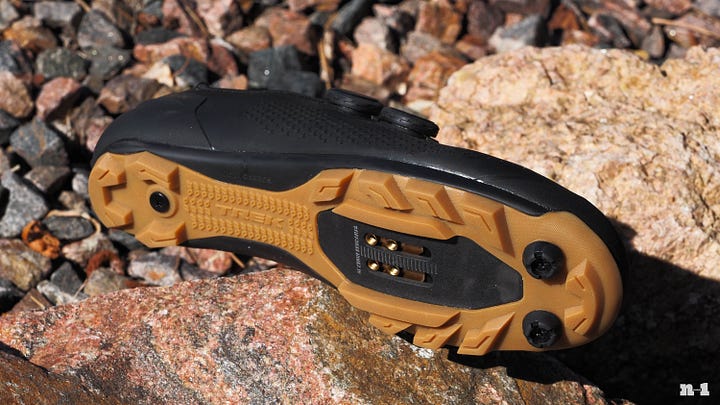
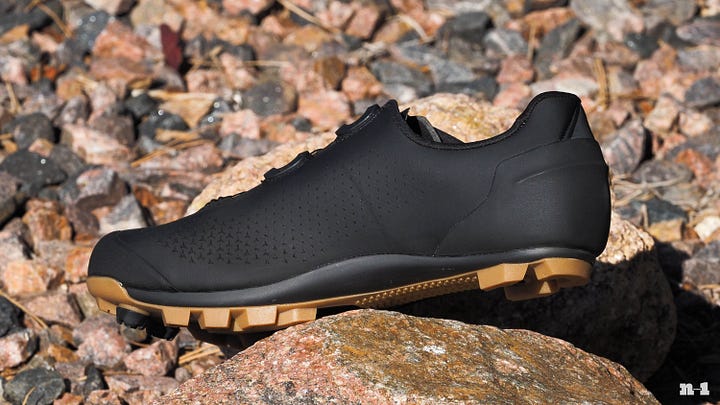
Incoming
Whew, a whole bunch of stuff has shown up on my doorstep recently. This section is by no means intended to be full-blown reviews of stuff, but rather just very initial impressions of things I’ve got on hand. Longer-term reviews may follow should people express interest in hearing more. TBD where this goes.
My first experience with Utah-based thermoplastic composites brand Forge+Bond was with some 25 mm-wide (internal width) gravel wheels, which I found striking for their noticeably smoother ride quality as compared to most traditional thermoset wheels. Forge+Bond is now moving into mountain bike handlebars, with similar claims of increased vibration damping and more rider comfort. Are those claims real? Or more to the point, is that advantage actually tangible? I’ll put it this way: they do seem more comfortable than the Trail One Crockett they replaced – a little less chatter, a bit “quieter” ride quality. However, it’s unclear if they’re cushier than the similarly comfort-minded OneUp bars I have on another bike, which are not only offered in more rises (35 and 20 mm instead of just 25 mm) and are slightly lighter (220-225 vs. 250 g), but are also substantially less expensive (US$160 vs. US$265).
Also arriving recently are new lower-cost gravel tires from Challenge. The new Getaway VTR features the same low-profile tread design as the flagship Getaway model, but is made using more traditional vulcanized methods instead of with a tread that’s glued on in a separate process. There’s also a lower-end 60 TPI nylon casing instead of the super-flexible 260 TPI “SuperPoly” carcass found on Challenge’s more premium tires, as well as different rubber compounds in the tread cap. But they’re a competitive weight at 516 g (actual weight) for a 700x40 mm sample, they’re refreshingly easy to install and inflate (with no levers required!), and at US$58 / €45, they’re barely half the cost of the fancy Getaway model. These still feel decently supple in my hands despite the cheaper casing, and given how much I liked the original Getaway, I’m super curious to see how these go.
Finally, autumn is taking its sweet time settling in here, which is maybe a good thing considering I’ve got a trio of new bikepacking bags from Lead Out Gear to try out: a frame bag, an “overnight” bar bag, and an “overnight” saddle bag. Part of the brand’s higher-end Racelite line, they’re made from fancy Dyneema ultra-high-molecular-weight polyethylene (UHMWPE) fabric that are supposed lighter and stronger than conventional synthetics, while also conferring a distinct appearance and a thinner and more papery texture. That said, I haven’t found Lead Out’s other Dyneema bags to be appreciably lighter than their cheaper versions, and keep in mind that the “overnight” descriptors are apt as none of these are particularly huge, though the claimed capacities are still pretty competitive. There are also neat features like waterproof roll-top construction, one-way valves so you can really squish things down, bright-colors liners so you can more easily find your stuff, waterproof zippers, various tie-down points, pockets, and straps, and a decent amount of reflective detailing. Prices range from US$160-200.
In the works
Product reviews aside, wondering what I’ve got cooking?
It’s relatively simple to choose a road or gravel helmet when you’re looking at the top-shelf stuff. By and large, they tick all the boxes to varying degrees: safety, weight, comfort, ventilation, style, and so on. But what about the less expensive stuff?
I’ve rounded up a whole bunch of helmets in the roughly US$100-130 price range, not so much with the intention of crowning a “winner”, but rather outlining the features and attributes you want to look for when making your own selection, and how they affect their performance while out on a ride. Number of vents? Meh. Pay more attention to internal channeling, but also consider total vent area in relation to what your own rides look like (fast/slow/flat/climbing/etc.). A five-star rating from Virginia Tech? Fine, but look at the actual numbers. Hopefully you see where I’m going here.
I’ve also got a bunch of interesting bikes and gear inbound for test: a custom No.22 Drifter X titanium all-road bike (along with a tour of their facility in upstate New York), a made-in-California Stinner steel bike you might actually be able to afford (more details soon), a deep-dive review on Shimano’s highly attainable CUES U6000 mountain bike componentry, a long-overdue review on Bridge Bike Works’ intriguing made-in-Canada Surveyor, and a positively wild inflatable helmet (yes, inflatable) that you could mail to someone in an (oversized) envelope.
Fun facts: I’ll be building up the No.22 and Bridge test bikes myself from the frame up so I can get a better feel for the construction quality, and while the Stinner will arrive fully assembled, rest assured that’ll get a full dressing-down, too.
No stone unturned.
Whew! Alright, that’s all I’ve got for you this week. Was this too long? Maybe it’s too long. Let me know what you think.
Either way, thanks again for all the support – not just in terms of your subscriptions, but also for the flood of kind and encouraging words I’ve received.
Maybe one more ask before I sign off? If you like what you’ve seen so far from n-1, please tell a friend. I have no intentions of this thing getting huge, but it also needs to be a certain size to be feasible.
Hope everyone makes it out for a fantastic ride this weekend! Next post will go live on Tuesday.
James


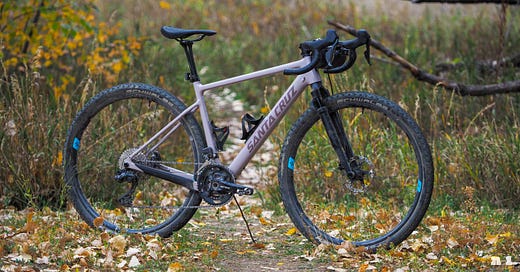



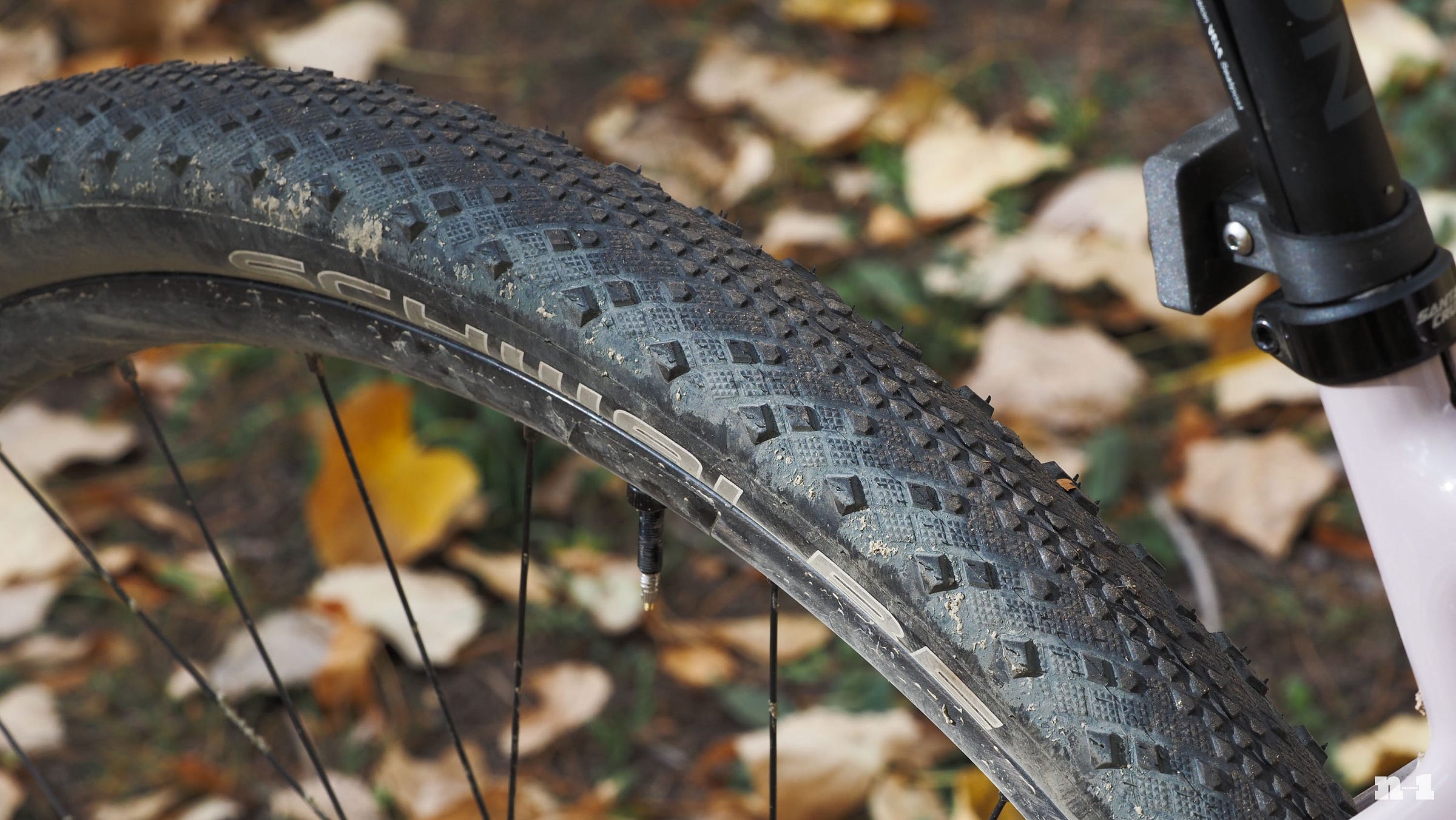
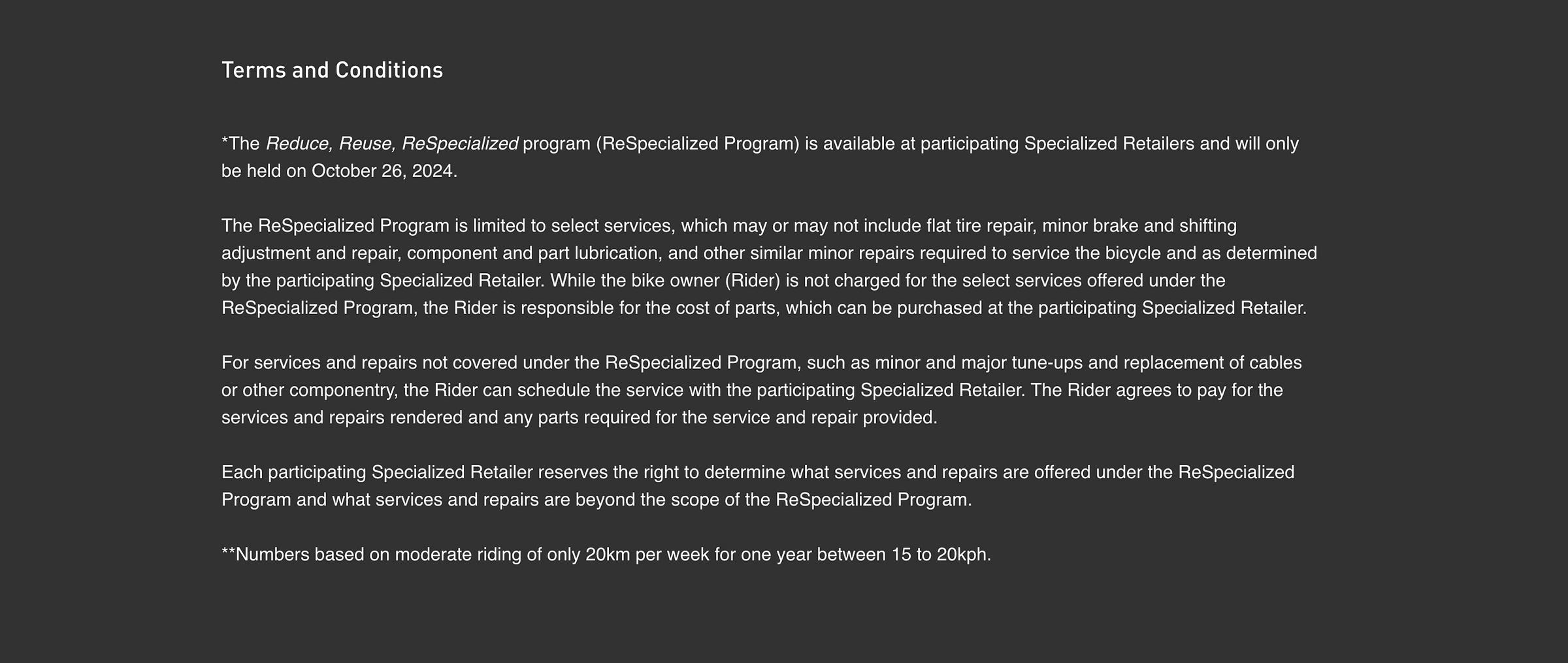
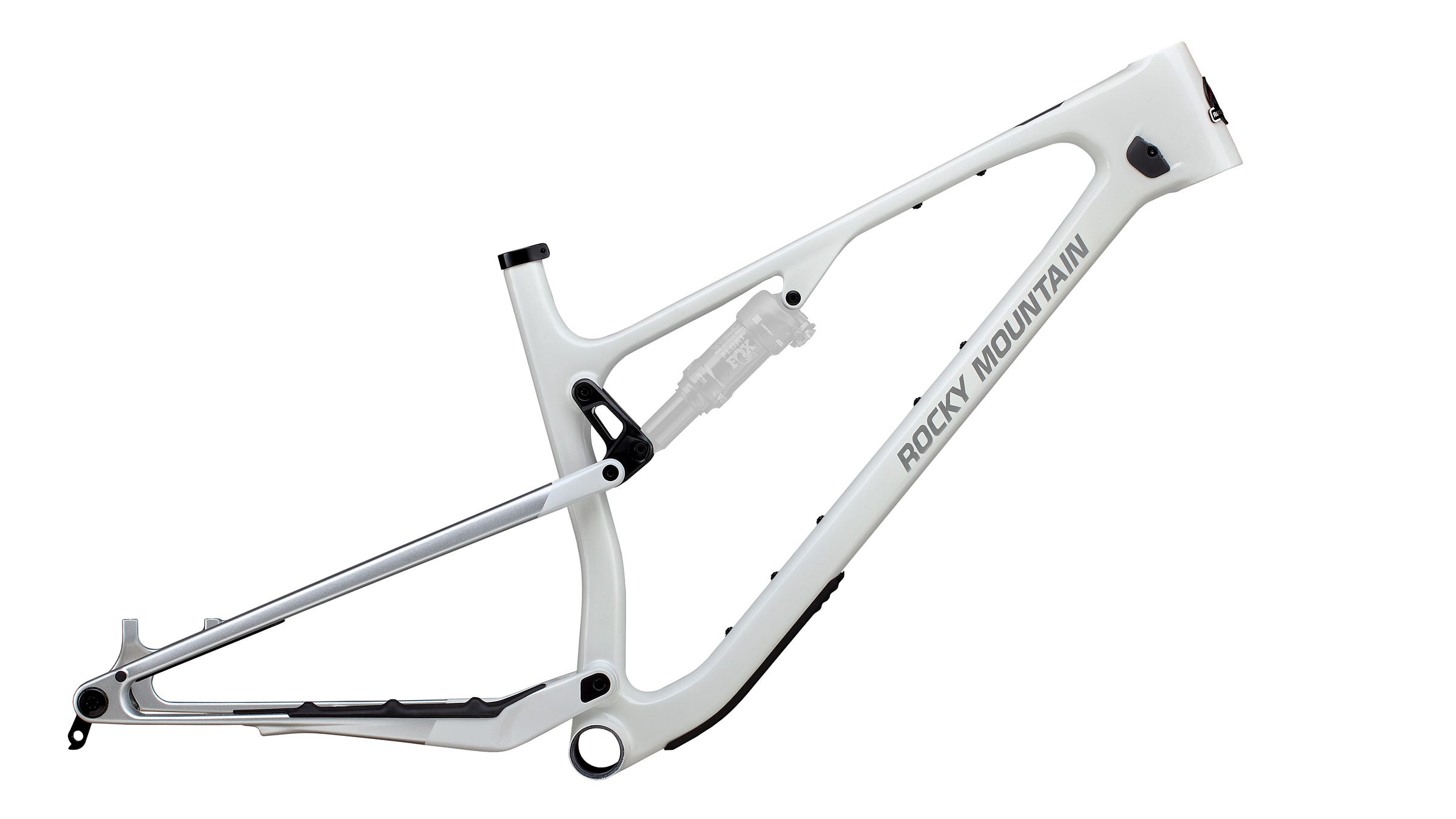
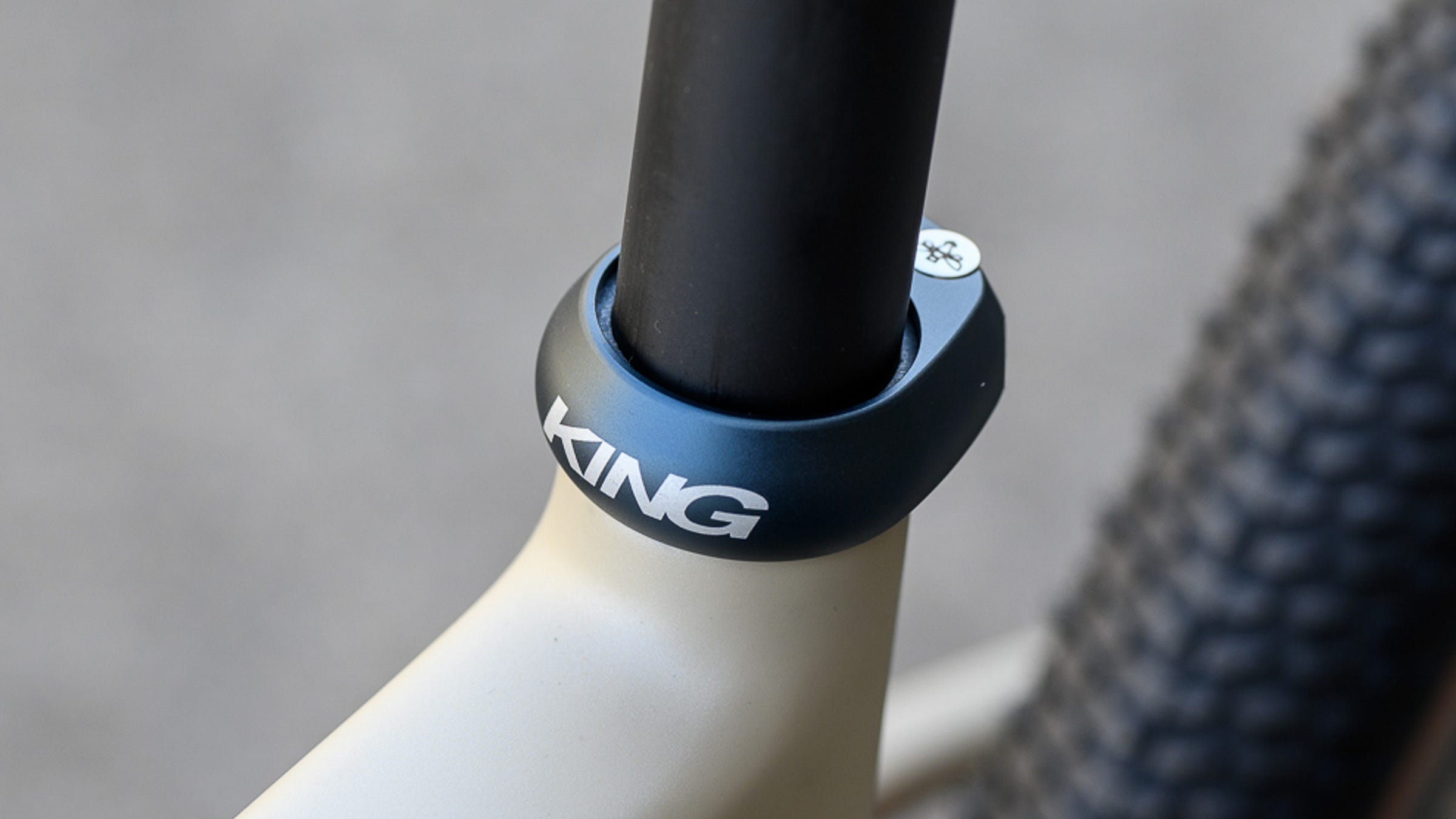
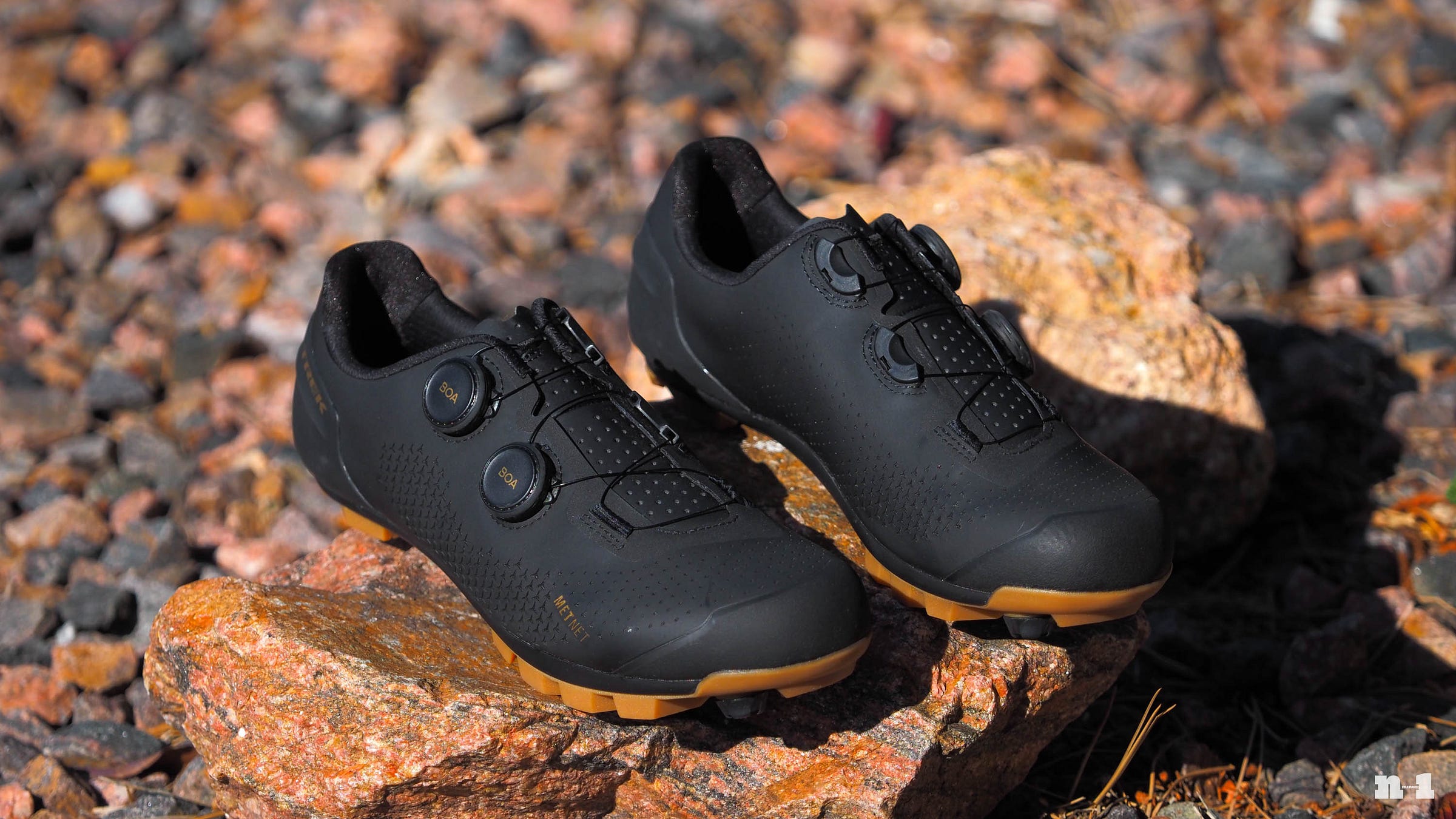
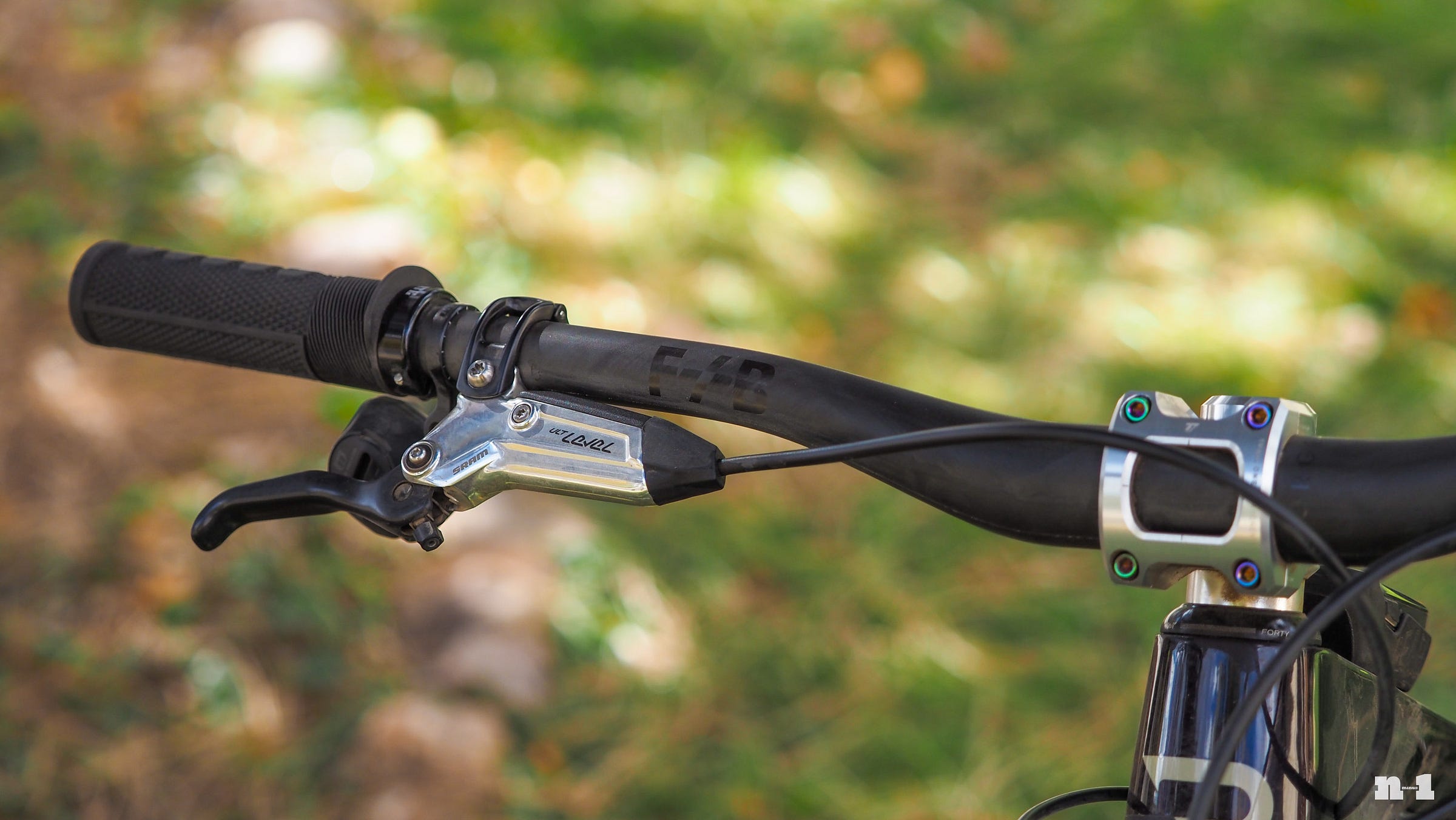

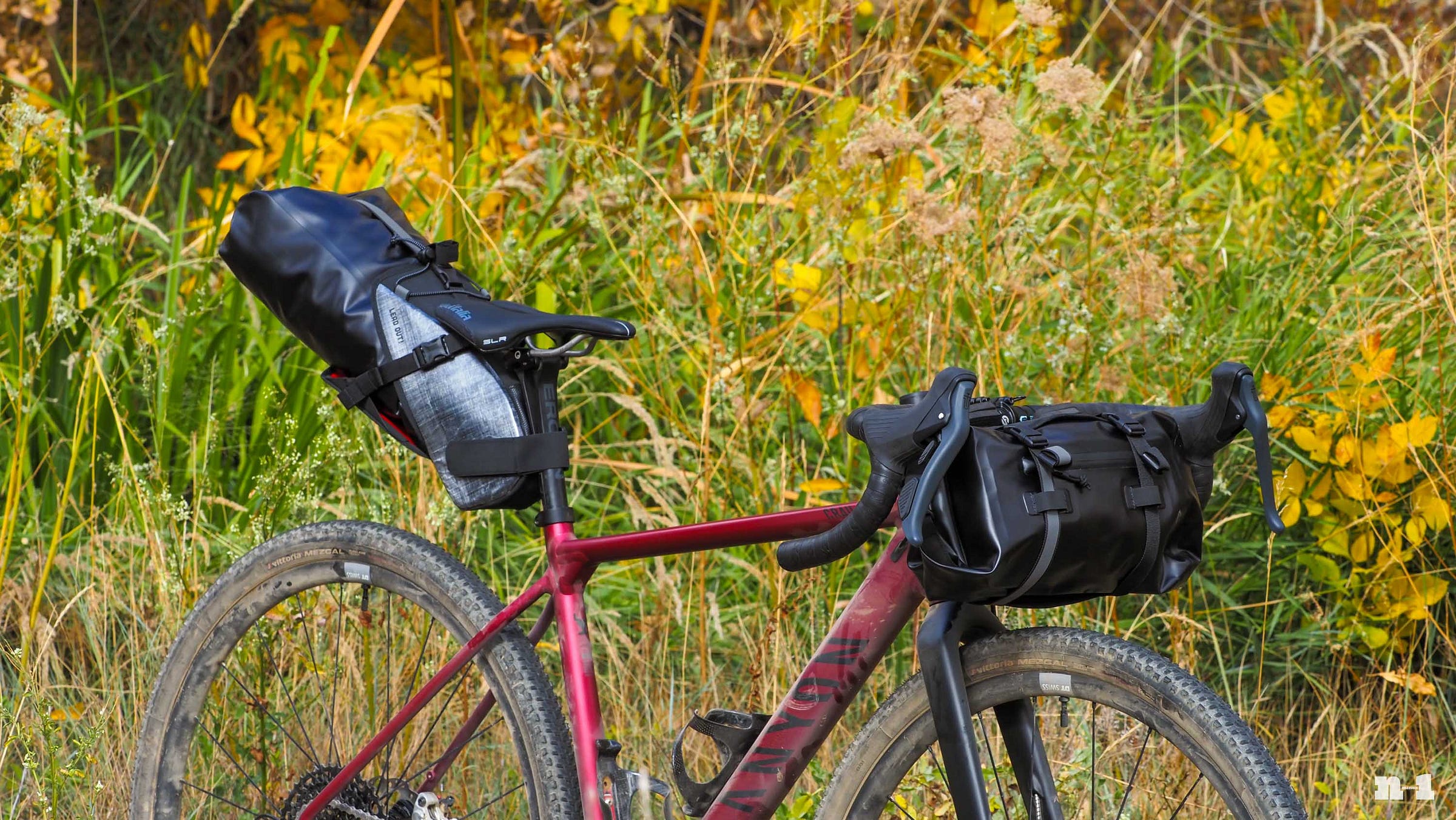
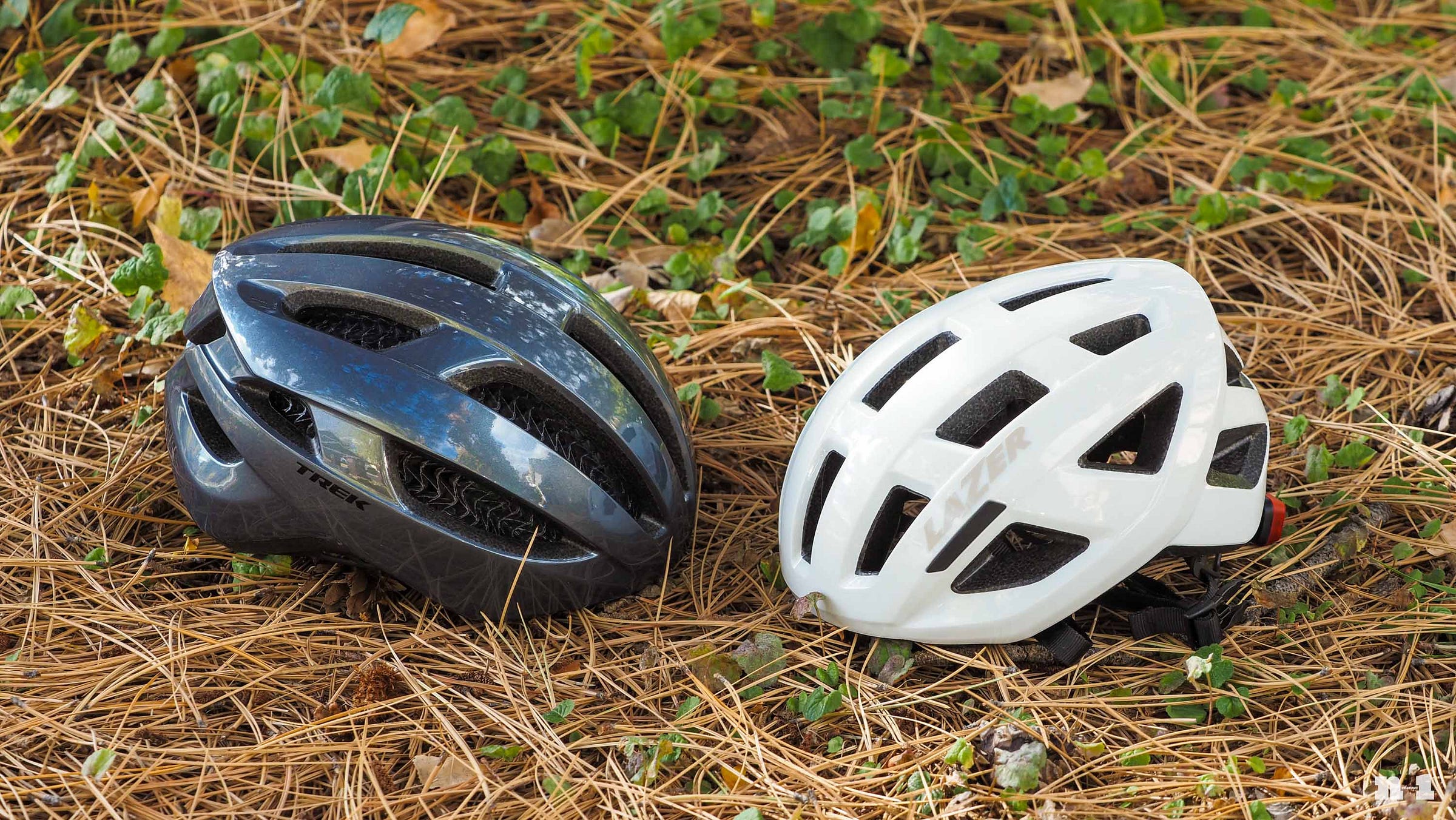
Huge post, but insightful as always. Read every word! 👌🏻
N-1wsletter?